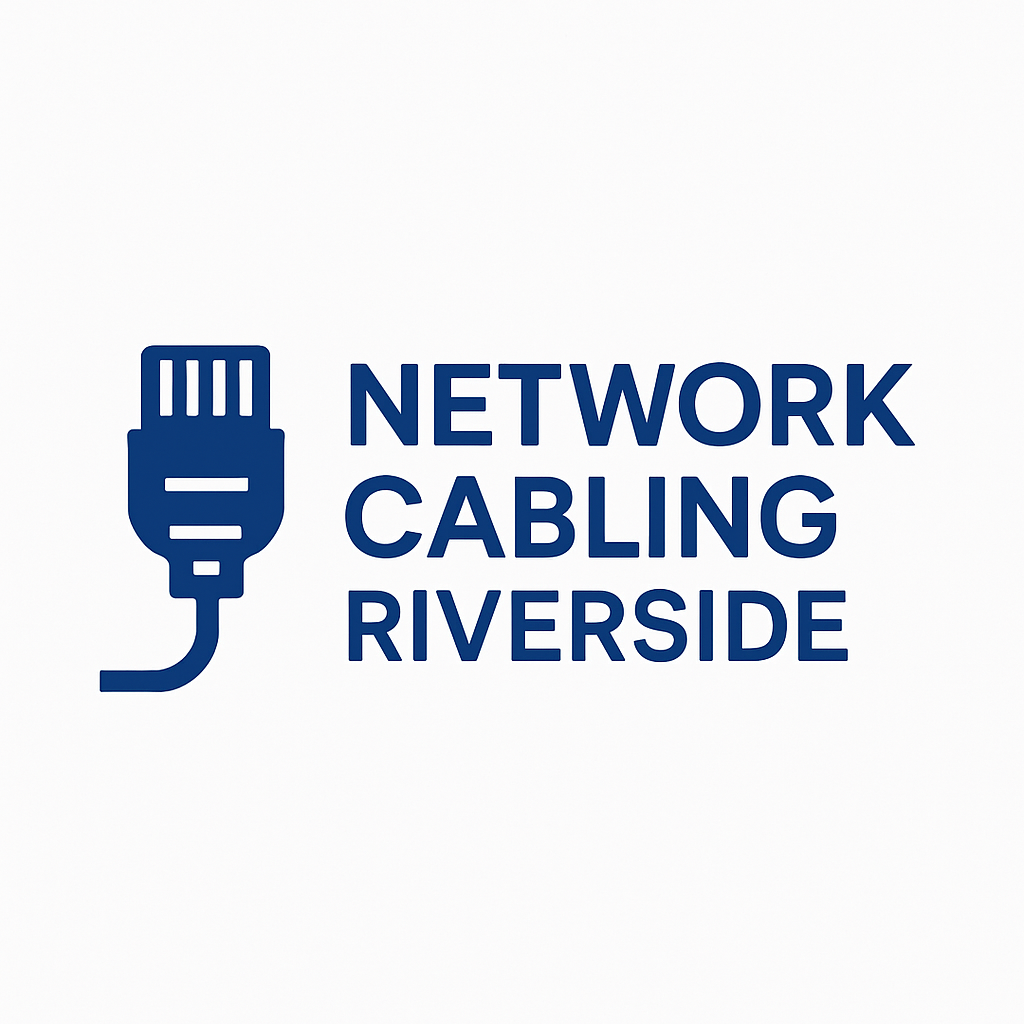Understanding Fiber Optic Cabling in Riverside, CA: Benefits and Applications
Fiber optic cabling has become a critical component in modern telecommunications and networking systems. Unlike traditional copper cabling, fiber optics uses strands of glass or plastic to transmit data as pulses of light, enabling significantly faster speeds, higher bandwidth, and longer transmission distances. Businesses, institutions, and homeowners in Riverside, CA, are increasingly relying on fiber optic technology to meet their growing data needs.
What is Fiber Optic Cabling?
Fiber optic cables consist of three primary components: the core, cladding, and protective jacket. The core carries the light signals, the cladding reflects the light back into the core to minimize signal loss, and the protective jacket safeguards the cable from environmental damage. This design allows fiber optics to transmit data over longer distances and at higher speeds than copper cables.
There are two main types of fiber optic cables:
- Single-mode Fiber: Designed for long-distance communication, single-mode fibers have a smaller core and allow light to travel in one mode. They are ideal for large-scale network infrastructures.
- Multi-mode Fiber: With a larger core, multi-mode fibers allow multiple light modes to propagate. They are commonly used for shorter distances, such as within office buildings or data centers.
Benefits of Fiber Optic Cabling
Fiber optic cabling offers several advantages compared to traditional copper cabling:
- Higher Bandwidth: Fiber optics can carry significantly more data, making it suitable for modern high-speed internet, streaming, and cloud services.
- Faster Speeds: Data travels at near-light speeds, ensuring minimal latency and quicker transmission.
- Longer Distance Transmission: Fiber signals can travel several kilometers without significant loss, reducing the need for signal boosters.
- Durability and Reliability: Fiber optic cables are less prone to interference, corrosion, and electromagnetic disruptions.
- Future-Proof Technology: With growing data demands, fiber optics provide a scalable solution capable of supporting future advancements.
Common Applications in Riverside, CA
Fiber optic cabling is widely used across multiple sectors in Riverside:
- Internet Service Providers: Fiber optic infrastructure supports high-speed residential and commercial internet services.
- Business Networks: Companies rely on fiber cabling for fast data transfer, video conferencing, and cloud-based operations.
- Healthcare Facilities: Hospitals and clinics use fiber for secure, high-speed communication and access to electronic health records.
- Educational Institutions: Schools and universities implement fiber networks for online learning, research, and administrative systems.
- Government and Municipal Services: Fiber networks support essential services, including public safety communications and city operations.
Installation Considerations
Installing fiber optic cabling requires specialized knowledge and equipment. Key considerations include:
- Cable Type Selection: Choosing between single-mode or multi-mode fiber depends on distance, bandwidth, and application requirements.
- Pathway Planning: Proper routing avoids physical damage, reduces bending, and ensures future scalability.
- Splicing and Termination: Accurate splicing and connector termination are essential for maintaining signal integrity.
- Testing and Maintenance: Post-installation testing verifies signal strength, while regular inspections prevent performance issues.
Challenges and Solutions
While fiber optic cabling offers numerous benefits, certain challenges may arise:
- Initial Cost: Fiber installation can be more expensive upfront than copper cabling. However, long-term benefits often outweigh initial investment.
- Fragility: The glass core can be fragile, requiring careful handling during installation and maintenance.
- Specialized Knowledge: Proper installation and repair require trained technicians.
Solutions involve proper planning, professional installation, and ongoing maintenance to maximize performance and longevity.
Conclusion
Fiber optic cabling is transforming connectivity in Riverside, CA, by delivering faster speeds, higher bandwidth, and reliable network performance. Its applications span residential, commercial, and institutional settings, making it an essential technology for modern communication needs. By understanding the benefits, applications, and considerations of fiber optic cabling, Riverside residents and businesses can make informed decisions to future-proof their network infrastructure.
